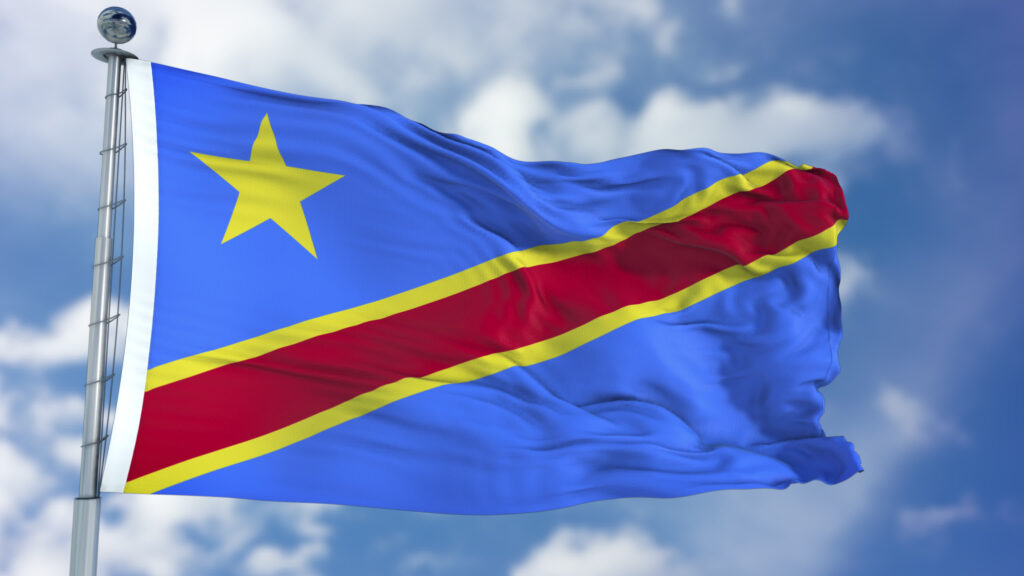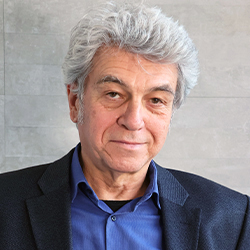Analyses / Africa/s
13 March 2025
Democratic Republic of Congo: Military Escalation, Regional Rivalries, and Diplomatic Deadlock

The situation in the Democratic Republic of Congo (DRC) has significantly worsened in recent months, with a Rwandan offensive supporting the M23 armed group on Congolese territory. This intervention, which is a clear violation of international law, led to the capture of Goma, resulting in the deaths of at least 3,000 people and marking a new stage in the deterioration of the humanitarian situation.
In the face of this escalation, regional mobilisation has taken on unprecedented proportions. The two main organisations involved in addressing the conflict, the Southern African Development Community (SADC) and the East African Community (EAC), organised a summit to provide a coordinated response. However, to understand the current dynamics, it is essential to review the evolution of the conflict, both on the military ground and in the political and diplomatic spheres.
The Military Advance of M23 and Rwanda’s Involvement
For nearly three years, the M23, supported by the Rwandan armed forces, has gradually extended its control over part of Congolese territory, particularly in North Kivu province, bordering Rwanda and the shores of Lake Kivu. This advance has accelerated over the past year, following a territorial expansion strategy akin to an “oil spill.”
Initially, the conquered areas were limited to North Kivu, but the situation has rapidly evolved: fighting is now spreading into Ituri to the north, as well as South Kivu, whose capital, Bukavu, has also recently been captured. The presence of Rwandan troops, long debated, is now beyond doubt. Kigali fully acknowledges it, and the number of Rwandan soldiers on the ground is estimated between 3,000 and 4,000, potentially a larger force than the M23 itself.
A Weak and Outsourced Congolese Military Response
In response to this threat, the Congolese military response is accompanied by nationalist and warlike rhetoric, asserting that each defeat will be followed by a victorious recapture. However, in reality, the defence effort has been largely and futilely outsourced through:
- Recruitment of so-called “loyalist” armed groups, based on ethnic or community foundations;
- Large-scale arms purchases, including drones;
- An intensive programme for the recruitment and training of troops, mainly through private military companies (primarily a Romanian company).
This dynamic highlights the deep flaws in the Congolese military apparatus, undermined by corruption and the central government’s inability to maintain effective control, both over the chain of command and the behaviour of the troops and the “loyalist” auxiliaries.
Rwanda’s Strategy: Paul Kagame Takes Advantage
On the Rwandan side, the current offensive appears to be part of a broader strategy. Until the capture of Goma, Paul Kagame’s strategy could be interpreted as territorial bargaining in the perspective of a settlement (under regional mediation with international support), limited to military pressure without direct control of the capital of North Kivu. He now seems to have opted for a bolder approach, aiming for a deep weakening or even an outright destabilisation of the Kinshasa regime.
While the international community struggles to provide an effective response to this crisis, the DRC finds itself in an increasingly precarious situation. The outcome of the conflict will depend as much on the military dynamics on the ground as on the political decisions made at the regional and international levels in the coming weeks.
A Resurgent Conflict Despite Three Decades of Regional Diplomatic Efforts
To understand the current situation in the DRC, it is essential to review the diplomatic history that has accompanied regional dynamics since the 1990s. The conflict is rooted in the consequences of the Rwandan genocide in 1994, followed by the “Congo Wars,” with the Second Congo War at the end of the 1990s and early 2000s being, due to the multiplicity of its African protagonists, a conflict of continental scope.
This period inaugurated a sequence of several regional peace agreements. The Lusaka Agreement in 1999, followed by the inter-Congolese dialogue that led to the Sun City agreements in 2002, and finally the Addis Ababa Framework Agreement in 2013, were all attempts to stabilise the Great Lakes region. This last agreement, signed after a first M23 offensive on Goma, led to the withdrawal of the armed group from the city under pressure from the United States, with Barack Obama directly pressuring Paul Kagame.
Natural Resources: The Central Issue of Endemic Conflict
A central factor in the persistence of conflict in eastern DRC (though not exclusive of other factors: power struggles, regional influences, intercommunal clashes over land control) has always been access to the country’s mineral resources, particularly rare metals essential for high-tech industries, now even more strategic in the context of the energy transition. Despite three decades of diplomatic efforts, violence in all its forms—armed groups’ involvement, regular army forces, and mass violence against civilians—has never ceased.
The conflict in eastern DRC is indeed notoriously known for the atrocities committed against civilians, particularly sexual violence, highlighted by the work of Dr Denis Mukwege, Nobel Peace Prize laureate. This instability has justified the continued presence, year after year, of a significant United Nations mission, MONUSCO, whose mandate is renewed annually by the Security Council, and whose military component’s central mission is the protection of civilians.
Political Tensions Under Félix Tshisekedi
The election of Félix Tshisekedi in 2019 marked a turning point in Congolese politics. His rise to the presidency occurred within a power-sharing agreement with his predecessor Joseph Kabila (who retained considerable influence in Parliament and institutions) under the supervision of several regional “godfathers,” including Paul Kagame. However, Félix Tshisekedi gradually distanced himself from this coalition, consolidating his power through control of several institutional levers and, since the re-emergence of the M23 under Rwandan influence, adopting a nationalist stance that allowed him to win the 2023 presidential election.
From 2021 onwards, the resurgence of the M23 marked a turning point, with Kigali perceiving certain Congolese initiatives as provocations, particularly the rapprochement between Kinshasa and Kampala on military and economic matters. The Kinshasa-Kigali rapprochement of 2019-2021, initiated by Félix Tshisekedi, quickly turned into growing hostility, triggering an escalation that has continued since, despite unprecedented regional diplomatic mobilisation through the Nairobi and Luanda processes.
Involvement of Regional Organisations
The SADC and EAC, the two main regional organisations (Southern Africa and East Africa respectively), have intensified their engagement in the face of the threat of the conflict’s regionalisation. In 2022, the DRC joined the EAC at the launch of the Nairobi process, but tensions with Kenya led to a gradual disengagement of the force deployed in eastern DRC by this organisation. The SADC, which is closer to the views of the DRC and of which the DRC is a member, took over by deploying a regional force, which was not in a position to oppose the advance of the M23 and Rwandan forces.
In response to these tensions, the African Union mandated Angola to mediate between the DRC and Rwanda. A key milestone was set in November 2022 with the Luanda roadmap, which outlines a sequence for the disarmament of the M23 and the withdrawal of Rwandan troops. However, this agreement has not been implemented on the ground: the prior ceasefire only held for a few months in 2023, with military pressure resuming. Angola’s mediation regained momentum in 2024 and has become the central diplomatic process, focusing on the RDC-Rwanda antagonism and the prerequisites of each of the two protagonists (withdrawal of Rwandan troops for the DRC, dialogue between M23 and Kinshasa and dismantling of the FDLR, the Rwandan ex-genocidal armed group in Kivu, for Rwanda).
Diplomatic Deadlock and Future Challenges
Today, the region remains plagued by growing tensions, and the search for a lasting solution still seems uncertain despite the gravity of the situation, which involves neighbouring countries (Uganda and Burundi) and the entire regional environment. The DRC, in its legal right under international law but in a position of weakness, demands the withdrawal of Rwandan troops, while Kigali conditions any dialogue on negotiations between Kinshasa and the M23.
Finally, the question of the Democratic Forces for the Liberation of Rwanda (FDLR), a Rwandan Hutu armed group active in the DRC, composed of ex-genocidaires and their descendants, further complicates the situation. Rwanda highlights this group to justify its military intervention, presenting it as an existential threat just a few kilometres from its territory. The DRC, to show goodwill, proposed the dismantling of the FDLR in 2024 as part of the Luanda process but has not found the means to implement it.
The summit on 8 February 2025, organised jointly by the SADC and the EAC (which seem to lean respectively towards the DRC and Rwanda), reaffirmed the territorial integrity of the DRC, but disagreements persist over the withdrawal of foreign forces. The future of the conflict now depends on the ability of regional and international actors to impose a viable diplomatic solution to a conflict that has reached a level of militarisation and regionalisation comparable to the early 2000s.

